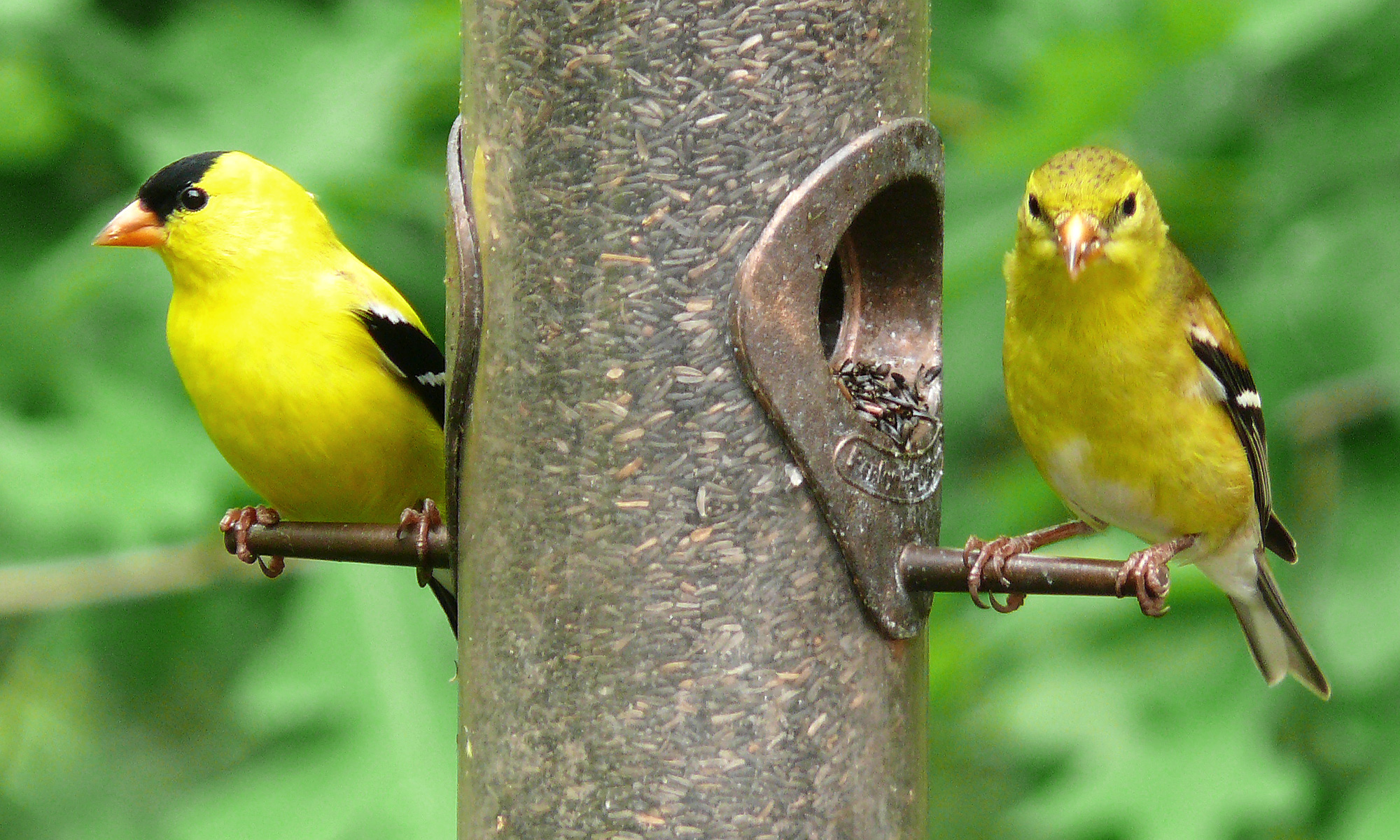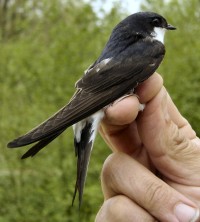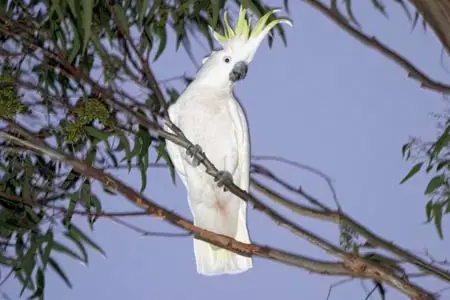Princess Parrot
The Princess Parrot is a rare and a very skittish bird. They inhabit only Western Australia and bushy inland territories. Many breeders have grown fond of this bird, as it’s very friendly and easily adapts to living in captivity. Even in the wild, Princess Parrots are very sociable and let humans come close. Unfortunately, many poachers exploit this characteristic, and Princess Parrots are an easy catch for them.
These parrots live in open, sandy territories, often very far from freshwater sources. They mostly live in pairs, travelling throughout different territories very often. They are about 45 long on average and weigh about 120 grams. Male parrots have a spectacular plumage – the top of the head is light blue, the back is olive green while the neck is usually pink. Females are of the same colour, although usually less bright.
Princess Parrots feed mostly on grass seeds and fruit they find on the ground, although they don’t pass fruits, berries, flowers and even the occasional bug. They are able to run very fast and agile, although they prefer flying. When feeding, they travel quite long distances, often exploring new areas. When flying long distances, the parrot flies very high and very fast, seemingly never getting tired.
These birds have a very specific behavior during the mating period. The male’s eye pupils become enlarged and the male bows all the time, swings his head and raises feathers on his head, making them look like a crest. They also become increasingly aggressive, even towards the females. Nesting lasts September through November and sometimes pairs or smaller groups come together in a larger colony and nest together in one tree. Four to six eggs are laid in tree cavities or on eucalyptus tree branches. It’s interesting, that the female is rather clumsy during this period and often smashes the eggs by accident. The eggs are incubated by the mother for 21 days. The hatchlings evolve for 3-4 months until they learn to fly. After that, they leave their home territory and never return there.
Princess Parrots were discovered in 1862 by Frederick Waterhouse. The famous ornithologist John Gold named the bird after Alexandra, the daughter of the king of Sweden. As she later became the princess of Wales, the parrot is often called Princess of Wales parrot. The rarity of this bird has brought them into the spotlight of poachers’ attention and they’re often sold as exotic pets, because they easily adapt to any conditions. Currently, the Princess Parrot is protected by Australian laws and hunting or catching this bird is prohibited, and the actions taken have been successful, as the population of these birds has been increasing over the last decade.




